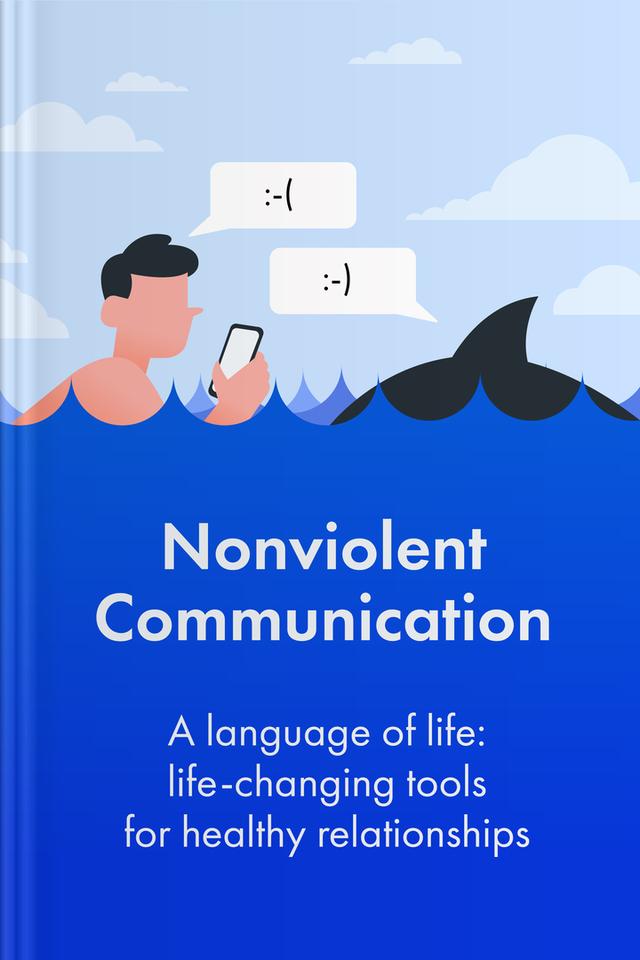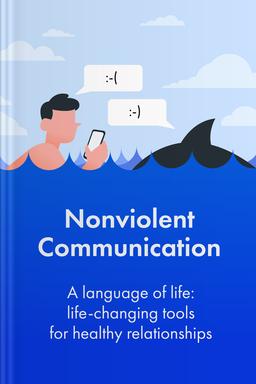You’ll learn
- How to improve your communication skills
- Why we communicate violently
- How to stop provoking arguments
- About loving and compassionate communication
russia has launched a full-scale war in Ukraine. Donate to support Ukraine and protect the world’s peace.

first KEY POINT
In today’s world, selfish and narcissistic motives are the biggest drivers of our behavior. “What is in it for me?” is the question we repeatedly ask ourselves. And yet, we are all trying to do our best in a world that seems to be falling apart.But every big change starts with a small one. All efforts to right the wrongs in the world will be complete once everyone embraces nonviolence. Nonviolence means prioritizing compassion, respect, understanding, and love for others.We have a lot of conflicting emotions boiling within us every day, and different situations sometimes trigger us to respond violently to others. It is easy to be rude to others instead of taking the time to understand them.
The world we know today is the result of what we have made. So, we must start by changing how we communicate to create a lasting change. By focusing on the underlying needs of others instead of continually making judgments, everyone can better understand their neighbors.Marshall B. Rosenberg studied why it’s so hard for people to remain compassionate. He found out that language and the words we choose are crucial in evoking either empathetic or violent responses in each other.If you are interested in improving your relationships with the people around you, understanding the principles behind communication, or connecting with new people, this summary is for you. Dive in to discover how to maintain a healthy relationship and encourage others to do the same.
second KEY POINT
The nonviolent approach invites you to rethink how you communicate, listen, and respond to others. Instead of acting automatically, you learn to become conscious of your words and behaviors.Whenever we receive criticism, what is our first reaction? It depends on our defense mechanisms: some people attack in response, some disappear by withdrawing, and others start defending themselves. Nonviolent communication invites you to detach from old patterns and automatic violent reactions by discovering your power of observation and compassion.Nonviolent communication (NVC) is not just about your language; it’s a mindset you learn to exercise. It’s a reminder to practice compassion and giving from the heart so that another will perceive your communication as a gift without worrying about fear or guilt.

Continue reading with Headway app
Continue readingfirst KEY POINT
second KEY POINT
third KEY POINT
fourth KEY POINT
fifth KEY POINT